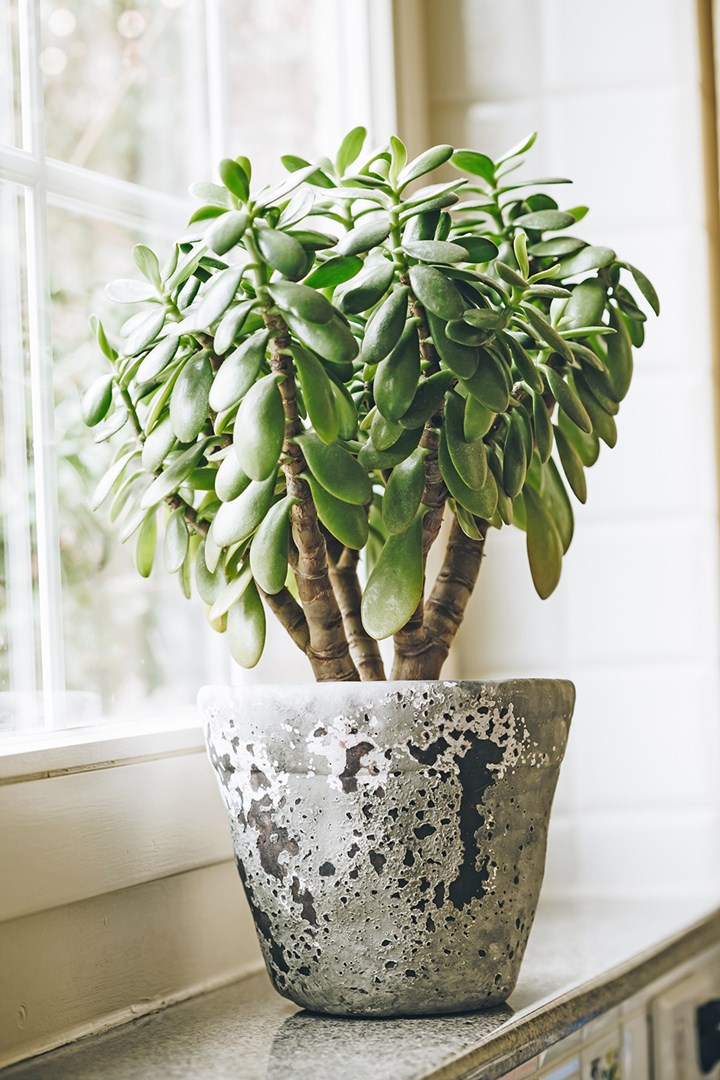Succulent plants, particularly as potted displays adorning window sills or balconies, have surged in popularity. Among them, the money tree—or jade plant (Crassula ovata)—holds a special allure.
Money Tree and Feng Shui:
Featuring shiny jade-green leaves and robust stems, the jade plant originates from South Africa. Renowned for its resilience and drought tolerance, it is also known as the “money plant” or “money tree” in Asia, where it symbolizes good luck and prosperity. The plant’s vibrant green leaves resemble jade coins, representing wealth and growth. It’s often given as a housewarming or wedding gift with the belief that placing it near the front door attracts financial fortune—a practice encapsulated in the saying, “Jade by the door, poor no more!”
How to Grow a Jade Plant:
While jade plants can thrive in garden beds in warm, frost-free climates, they are commonly grown in containers, making them ideal for patios or balconies. They produce clusters of white or pale pink starry flowers in winter and can even be cultivated indoors in bright sunrooms.
Tips for Success:
– Use generously sized containers (at least 30cm in diameter) to accommodate their shrubby growth.
– Opt for well-draining potting mix, such as cactus and succulent mix.
– Water only when the top layer of soil feels dry; ensure water drains freely from the container base.
– Fertilize with a low-nitrogen, slow-release fertilizer annually in spring, suitable for succulents.
How to Propagate Jade Plants:
Jade plants are among the easiest succulents to propagate:
– Using sharp scissors or secateurs, cut a piece of jade plant about 2-4 cm away from any leaves.
– Allow the cutting to dry for a couple of days before planting it in well-draining soil.
– Alternatively, propagate in water by placing the cutting in a jar of water in a well-lit spot. Change the water weekly and wait for roots to develop, which typically takes a few weeks before transplanting into soil.
Money Tree Varieties:
1. Crassula ovata: Commonly found in Australia, known for its white or pink spring flowers.
2. Pachira aquatica: Native to Central and South America, distinguished by shiny green palmate leaves and a braided trunk when grown as a houseplant.
3. Lunaria: Found in Europe, known for its hairy-toothed leaves and seed pods resembling large coins.
4. Theobroma cacao: Historically referred to as a money tree due to the use of its beans as currency.
These varieties not only enhance indoor and outdoor spaces but also carry rich cultural and symbolic significance.

